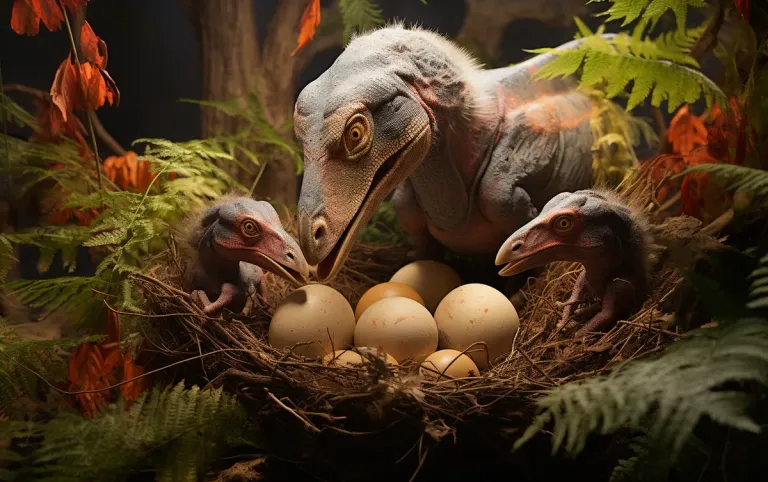American researchers discovered grape seeds in South America that are 19 to 60 million years old. These are the oldest representatives of the grape family found in the Western Hemisphere. Thanks to the findings, scientists assumed that the mass extinction of dinosaurs contributed to the spread of grapes.
Judging by the remains of dinosaurs, these ancient animals died out at the end of the Cretaceous period, about 65 million years ago. During their existence, they significantly affected the life of both other animals and vegetation. According to scientists, large dinosaurs broke and knocked down trees during the movement, so the forests were much more sparse than now.
After the meteorite hit and the dinosaurs died out, some tropical forests, especially in South America, became denser. At the same time, some tree species formed thickets and “canopy”. This allowed curly plants, including grapes, to grow, supported by vines. The mass extinction was also caused by an increase in the diversity of birds and mammals. According to scientists, this may have contributed to the spread of grapes.
The grape seeds that led to such results were found by American scientists in 2022. They conducted field research in the Colombian Andes. The discovered fossils turned out to be the first finding of ancient grapes in South America, as well as one of the oldest fossils of this plant in the world.
As the study authors note, the fossil seed itself is very small, but they were able to identify it by its specific shape, size and other morphological features. They also took a CT scan of the fossil, showing its internal structure.
Team names fossil Lithouva silence (“Susman’s stone grape”) – in honor of the famous American paleobotanist Arthur T. Susman of the Field Museum.
“This new species is also important because it confirms the American origin of the group from which the common grapevine evolved.” Vitis “, – noted Gregory W. Stull (Gregory W. Stull) from the National Museum of Natural History (USA), co-author of the study. Publication of the scientific article in the journal Nature Plants.
Source: Port Altele
